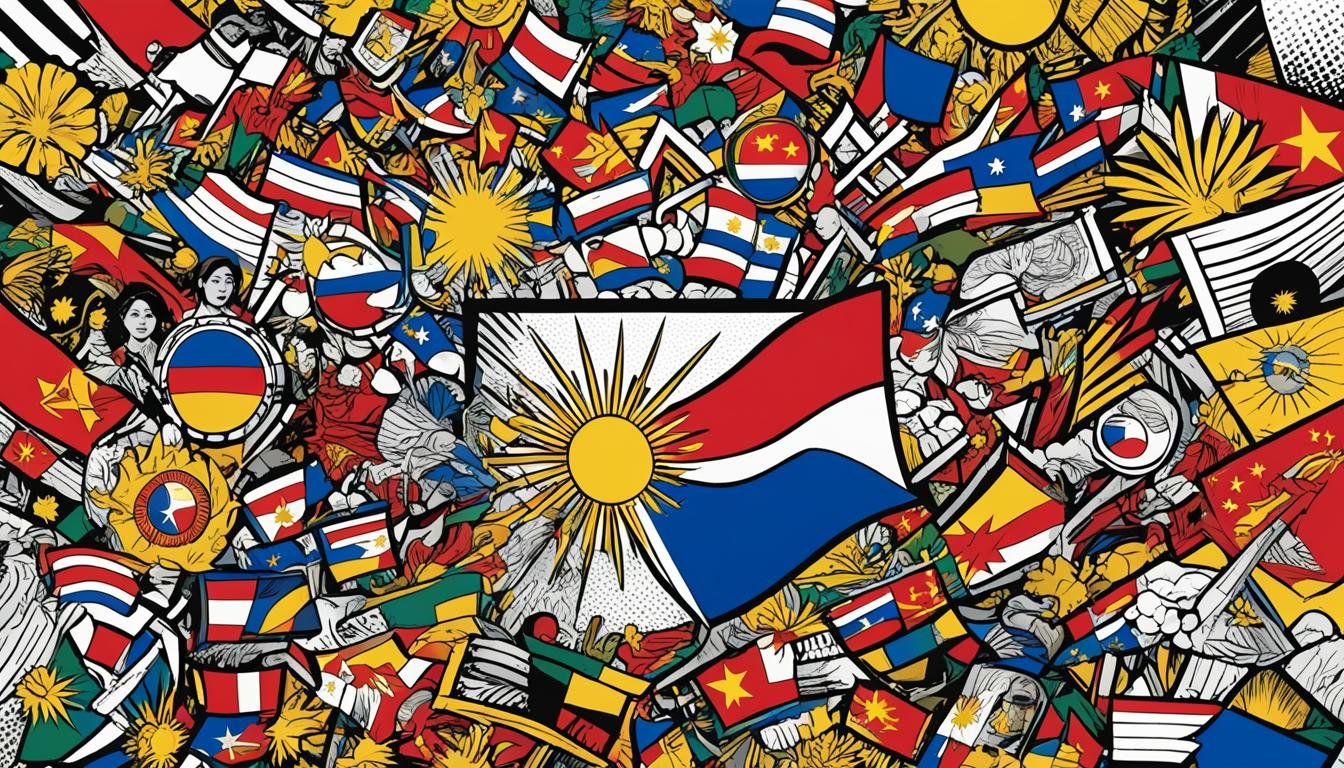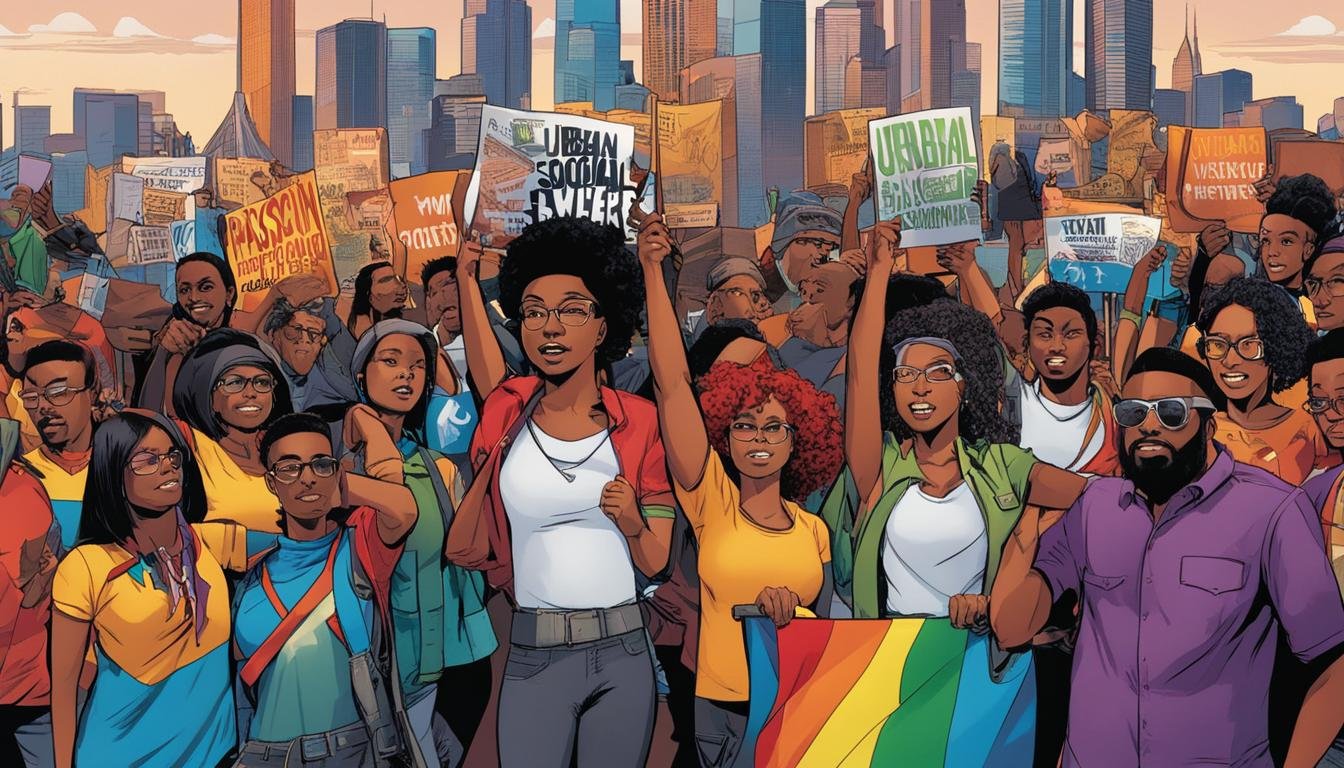In Philippine history, there are periods that stand out for their difficulty and the incredible courage of ordinary people. One such time was the period of the Marcos dictatorship, especially the years of Martial Law from 1972 to 1981, which extended until 1986. This was a time when basic freedoms were limited, political opponents were…
Post-Independence / Republic Era
Key Student Leaders and Their Role in the Philippine First Quarter Storm
The late 1960s in the Philippines were a time of growing unrest. Issues like poverty, corruption, government spending, and what many saw as the country’s subservience to foreign interests fueled discontent. While various sectors of society felt these pressures, it was the student population that often served as the leading edge of protest. By early…
How the World Watched: The International View of the 1986 EDSA People Power Revolution
The Philippines, a nation rich in history and culture, has often captured the world’s attention. But perhaps no single event drew the international gaze quite as intensely as the EDSA People Power Revolution of February 1986. For four momentous days, from February 22nd to 25th, the eyes of governments, media outlets, and citizens across the…
Comparing Philippine Foreign Policy: Garcia’s ‘Filipino First’ vs. Later Approaches
The history of the Philippines since gaining full independence in 1946 is a story of a young nation finding its place on the world stage. Philippine foreign policy has evolved significantly over the decades, shaped by global events, regional dynamics, domestic politics, and the changing priorities of each administration. One pivotal moment in this evolution…
Understanding Philippine Elections: Electoral Systems Across Different Republic Periods
Elections are fundamental to a republic. They are the primary way citizens choose their leaders and participate in shaping the future of their nation. The Philippines, with its rich and often turbulent history, has seen its electoral systems evolve significantly since gaining full independence. Understanding these changes means looking closely at the practices, laws, and…
Understanding ‘People Power’ in Philippine History: From EDSA to Today
The Philippines has a unique place in modern history for its use of what has become known globally as “‘People Power’.” This isn’t just a catchy phrase; it describes a powerful form of non-violent protest and civilian resistance that has significantly shaped the nation’s political path. When we talk about ‘People Power’ in Philippine history, we…
The Steep Economic Cost of Cronyism in the Philippines Post-EDSA Revolution
The EDSA People Power Revolution of 1986 marked a pivotal moment in Philippine history. It signaled the end of over two decades of authoritarian rule under Ferdinand Marcos Sr. and ushered in a new era with promises of democracy, reform, and economic recovery. One of the defining features of the Marcos era, and a major…
The Philippine Military Academy: Training Leaders Through the Eras
The Philippine Military Academy (PMA) holds a unique and deeply significant place in the history and national consciousness of the Philippines. Often referred to as the “West Point of Asia,” it is the premier military institution responsible for molding young Filipinos into officers and leaders of the Armed Forces of the Philippines (AFP). For over…
The Philippine Nationalism and Identity in the Post-War Era (1946-1972)
Forging a Nation Amidst Ruins and Shadows The period from 1946 to 1972 stands as a defining chapter in the narrative of the Philippines, a time marked by the euphoria of regained independence and the daunting task of nation-building amidst the literal and figurative ruins of World War II. Emerging from decades of American colonial…
The Social Movements and Civil Society Organizations in the Philippines (1946-1972)
Seeds of Change in the Third Republic The period from 1946 to 1972 marks a critical chapter in Philippine history, encompassing the entirety of the Third Republic, from the ashes of World War II and the declaration of independence from the United States to the precipice of authoritarian rule with the Declaration of Martial Law….


